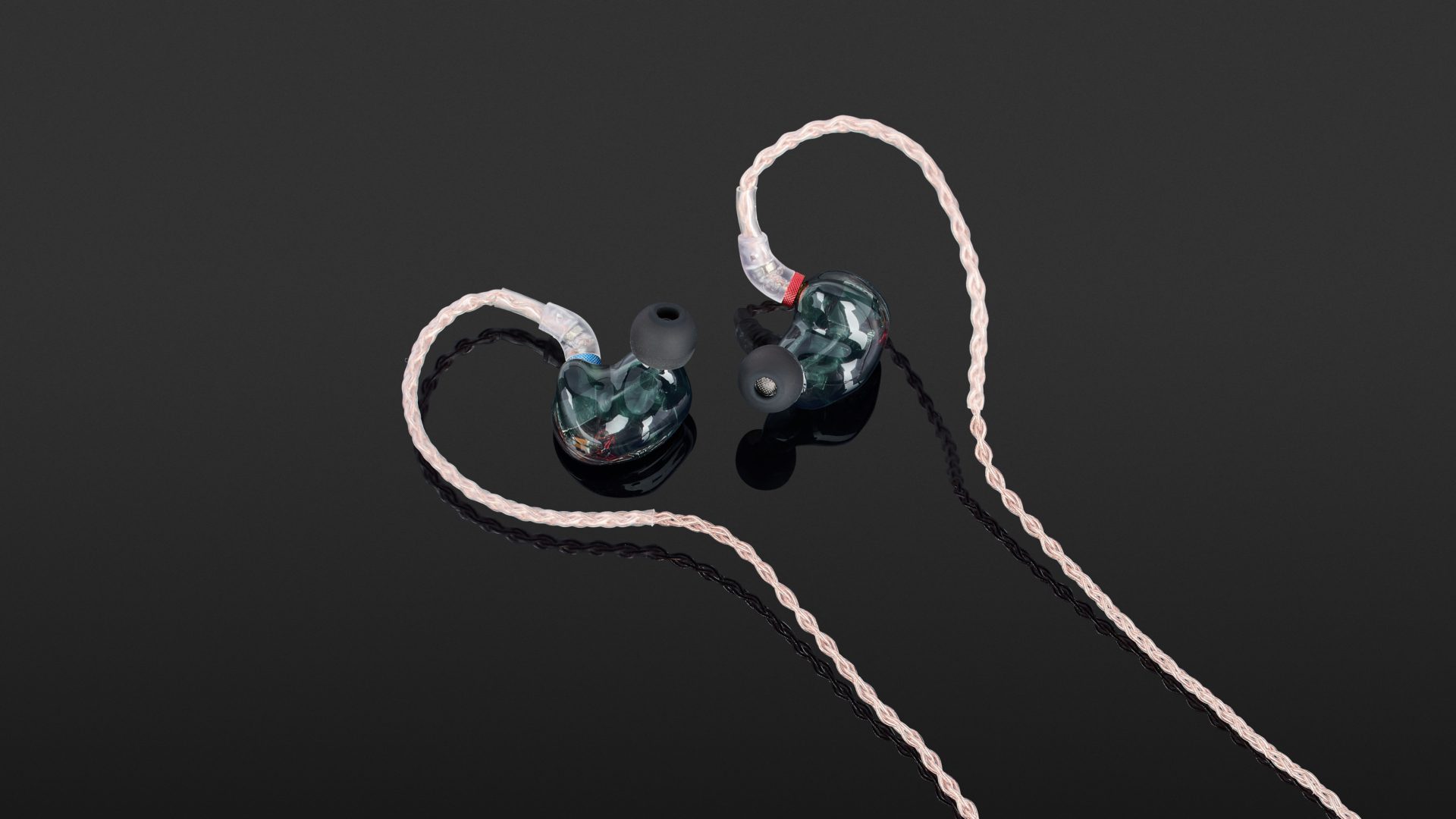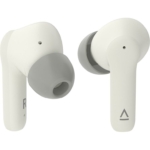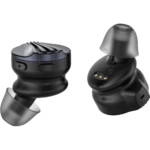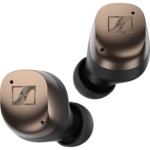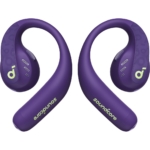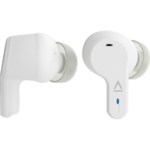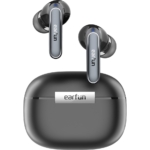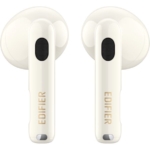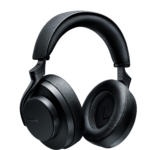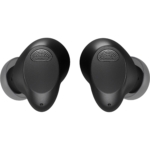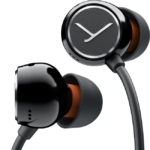When it comes to IEMs, the NXEars Opera prove how much is going on in this segment of the market. These in-ears deliver precise sound and, with their eight balanced-armature drivers per side, provide listening pleasure regardless of genre. The stereo imaging has slight limitations, and in my opinion, the “Aperiodic Ground Loading” function should have a more obvious effect. It should not be forgotten that the Opera are considerably cheaper than other high-end IEMs. It would simply be unfair to compare them with headphones in lower categories. If you want to hear yourself, pre-recorded music or fellow musicians on stage in the best possible quality, the NXEars Opera is ideally suited. And audiophiles with a penchant for a neutral sound character should also take notice and make an appointment to listen.
With their top model Opera, the still fairly young manufacturer NXEars show the competition that professional in-ears for monitoring can come up with impressive technology even well below the 1,000-euro price point. Eight balanced-armature drivers per side deliver precise sound – from the lowest bass to the highest treble. In addition, NXEars promise they have found a solution to the unpleasant build-up of sound pressure in the ear with their “Aperiodic Ground Loading” (AGL) technology.
In-ear monitoring has not only established itself on stages and among studio professionals but has also become a category of its own with audiophile ambitions. Unlike competitors, some of whom also use multiple BA drivers, the top-of-the-range NXEars Opera remain in the three-digit price range and offer similar impressive specifications to those of much more expensive competitors. However, according to the manufacturer, neither sound quality nor a high-quality choice of materials and accessories has been sacrificed.
Technical Specs and Haptics
The NXEars Opera have eight Hugh Knowles balanced-armature drivers per side. Two of these take care of the bass; four are responsible for the mids and two for the treble, with all eight switched in a three-way configuration. An obvious choice, since the founders of NXEars, formerly worked for Knowles, inventor of the BA driver.
Unlike hybrid IEMs, which combine dynamic diaphragms with BA drivers, NXEars also rely entirely on the high-performance miniature drivers for the bass range. The three-way design ensures lower distortion and more precise frequency reproduction, similar to multi-way speakers.
The feel of the semi-transparent “Stardust Blue” housing is impressive and high quality across the board. The resin used is skin-friendly, smooth and yet non-slip. Foam and silicone attachments in various sizes are included in the package and can be stored together with the cleaning tool and IEM in the leatherette pouch that is included.
The eight-plait, 1.2-metre “monocrystalline” copper cable can be replaced as required thanks to the MMCX connector, and it can be attached to clothing with a collar clip to relieve strain. With an impedance of 18 ohms, the NXEars Opera are ideal for mobile devices and accordingly, these headphones are also fun to use with smartphones or tablets when on the move. A slight increase in sound quality at the headphone output of my RME audio interface would have been nice, but this was significantly less pronounced than with high-impedance studio headphones.
The wearing comfort – with the right earpieces – was pleasant. These earphones are lighter than their squat, bulky construction would suggest. Unfortunately, I noticed less from the “Aperiodic Ground Loading”, which was supposed to prevent pressure build-up in the inner ear, than I had hoped. I often have this problem when wearing IEMs for long periods. When working out, playing instruments or running, I initially thought I noticed a more pronounced improvement, but as soon as I focused on it, the occlusion effect returned.
Sound
In the end, of course, it’s not the number of drivers used that counts, but the resulting sound. It is fascinating that such a small device can produce such precision and volume while reproducing deep bass, at the same time reproducing perfectly clear transients of hi-hats and guitar strings. Even complex, dense compositions and film mixes sounded impressive and lifelike without becoming clinical. Taken on their own, the NXEars Opera’s precise reproduction and subjectively flat frequency response were to die for, reminding me of appropriately tuned mid-range studio speakers.
Unfortunately, the stereo panorama – the three-dimensional sound image – has to be criticised. This is largely due to the nature of IEMs because our outer ear plays an important role in stereo perception. Accordingly, the nuanced resolution of subtle pannings is tricky. Extreme stereo effects worked well, as expected, and even mono sources were clearly recognised as “central”. But it was somewhat more difficult to correctly identify sounds between “11 and 1 o’clock” on the pan control. This was not a problem when listening to pre-recorded music. But if you are in the producer’s chair, such details are indispensable for the mix. For me at least, the NXEars Opera were therefore rather unsuitable as a studio tool. However, this was not a specific problem belonging to the NXEars Opera, but a conceptual shortcoming, as part of our body’s own apparatus for spatial hearing was bypassed.
However, as a monitoring headset for musicians who want to hear themselves as loudly and undistorted as possible, the Opera were excellent. Even extremely different volumes were reproduced without any appreciable differences in sound character. Despite the rather classical name, they are not restricted to particular genres. The distinctly velvety sound easily allows for longer listening sessions and was, in my opinion, suitable for all genres of music as long as it is understood that the NXEars Opera are doing their best to sound linear. Due to the multi-way construction, phase problems at the frequency transitions cannot be completely avoided, but NXEars have done an excellent job of minimising them.
Technical specifications
- Ear couplingIn-ear
- Typeclosed
- Transducer principleBalanced Armature
- Impedance18 ohms
- Cable length120 cm
What's in the box
- 3 pairs of memory foam ear tips (S, M, L)
- 2 pairs of silicone ear tips (M, L)
- Collar clip
- Cleaning tool
- Carrying case










